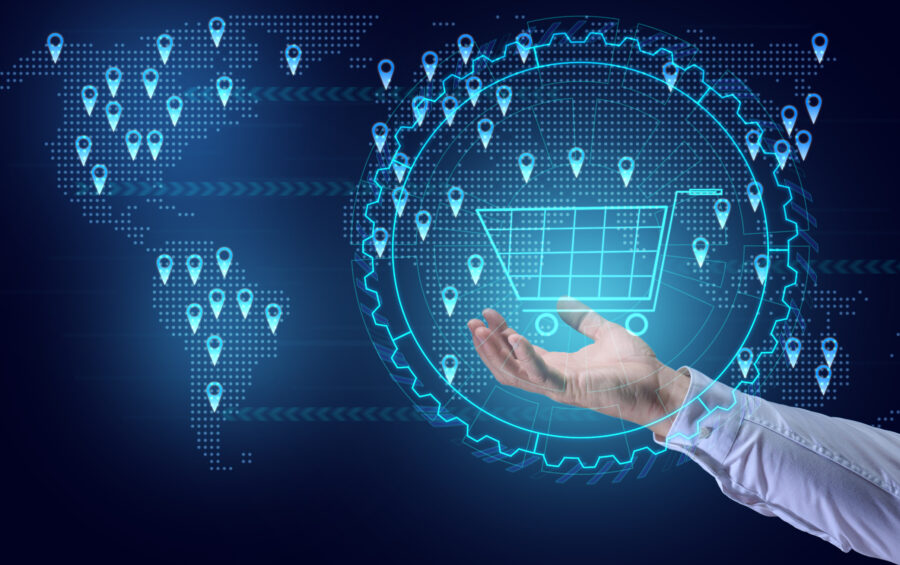Artificial intelligence (AI) is the future of retail, and this applies to grocery just as much as any segment. A study by Precedence Research found that the global AI-in-retail market was worth $8.4 billion in 2022 and will jump to nearly $46 billion by 2032.
“I think that customers will stop doing business with brands that don’t live up to these expectations,” said Ruth Zive, Chief Marketing Officer at LivePerson. “I really believe that not offering these experiences — not thinking today about how AI is going to be integrated into the shopping experience tomorrow — is going to pose an existential threat to brands. I think that consumers increasingly are going to put their dollars with those brands that are on the leading edge of this technology.”
One of the key applications of AI in retail is customer service, which accounted for 21.5% of the technology’s overall market share in 2022. The biggest use case – chatbots – have been around for years, but recent advances like ChatGPT mean today’s chatbots are a far cry from the frustrating “decision trees that were based on FAQ logic” of just a few years ago.
“Those were clunky experiences, because of course, while they did a reasonable job of answering those FAQs, they really struggled with questions that were more personalized or complex,” said Zive. “But today, with AI underpinning the experience, even customer intent can be understood by the chatbot. Is the customer angry? Are they looking to return something? Are they asking a question about a previous purchase? When it’s integrated with the data, you’re able to extract that information and know that, for instance, the customer purchased something two weeks ago and is waiting on a delivery.”
Driving convenience is a particularly important implementation of AI, and a similar application that can benefit grocers is in product recommendations. Keeping up with shoppers’ interests presents a moving target that can incorporate an endless number of factors, from prices to what’s in season, and AI is perfect for both pulling from existing data and adding relevant new information to the overall knowledge base.
“The best examples are things like product recommendations,” said John Nash, Chief Marketing and Strategy Officer at RedPoint Global. “You can use machine learning to determine what are the offers that are most relevant to this context of a consumer’s situation or these types of consumers or segments. The machines learn from putting these offers in front of them, whether they accepted them or not, and that becomes a learning moment. I’ve seen brands implement that very successfully.”
AI also can help grocers determine the next best action when trying to complete an abandoned cart, bring back a lapsed customer, or produce a personalized promotion. Nash noted that machines can look at a range of data regarding prior habits, as well as real-time context like the time of day that the customer has previously shopped, in order to generate more efficient messages with accurate incentives.












